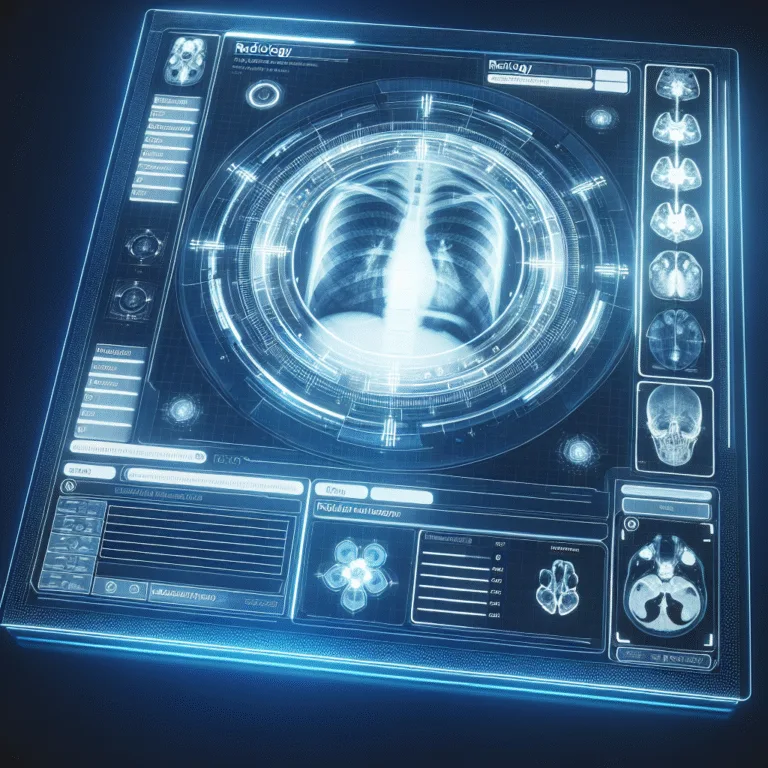The Ultimate Guide to Radiology Report Templates That Save Hours
Every radiologist knows the pressure of reporting quickly without compromising accuracy. With increasing workloads and growing demands for precision, finding ways to streamline the reporting process is essential.
That’s where radiology report templates come in. Structured templates not only save time but also ensure consistency, clarity, and compliance with clinical standards. Studies show that using standardized formats can reduce reporting errors and improve communication with referring clinicians.
In this guide, you’ll learn:
-
Why radiology report templates matter
-
How to create or choose the right template for your practice
-
Tips to customize them for different modalities
-
How AI tools like Rad Report AI can take your templates to the next level
Why Radiology Report Templates Matter
1. Time Savings
Structured templates eliminate repetitive typing and manual formatting. Instead of starting from scratch, you simply fill in the key findings.
2. Improved Accuracy
Templates act as a checklist, reducing the chance of forgetting important details like measurements, anatomical descriptions, or differential diagnoses.
3. Better Communication
Consistent formatting makes reports easier for referring physicians to read and interpret — leading to better patient care.
4. Compliance & Standardization
Templates help align reports with national and international radiology guidelines, reducing medico-legal risks.
How to Choose the Right Radiology Report Template
Step 1: Match the Modality
An MRI brain report template should look very different from a chest X-ray or abdominal CT template. Each modality requires its own structure and terminology.
Step 2: Keep It Structured but Flexible
Use fixed headings (e.g., Indication, Technique, Findings, Impression) but allow space for unique details.
Step 3: Integrate Clinical Guidelines
For example, breast MRI reports can incorporate BI-RADS categories, while prostate MRI reports follow PI-RADS scoring.
Step 4: Test and Improve
Use the template for a week, gather feedback from colleagues, and make small adjustments for clarity.
Pro Tips for Better Reporting with Templates
-
Use Drop-Downs or Checklists: Quickly select common findings without typing them out.
-
Pre-fill Technical Sections: Have scanner parameters, sequences, and standard techniques ready.
-
Highlight Key Abnormalities: Use formatting (bold, caps) to make critical findings stand out.
-
Integrate Voice Dictation: Dictate into the template to combine speed and structure.
How Rad Report AI Helps
If you want to skip the hassle of building templates from scratch, Rad Report AI has you covered:
-
✅ Pre-Built Templates for Echo, MRI, CT, and X-ray
-
🎯 Customizable Fields for your preferred structure
-
🗣 Voice Dictation Integration — speak, and your report is instantly structured
-
🤖 AI-Assisted Editing to fix grammar, structure, and clarity automatically
With Rad Report AI, you can turn raw dictated notes into a polished, structured report in seconds — without repetitive typing.
Conclusion
Radiology report templates are more than just a time-saver — they’re a tool for better patient care, consistent communication, and reduced stress for radiologists. By combining a good template strategy with AI-powered tools like Rad Report AI, you can cut reporting time, improve accuracy, and focus more on what matters most: your patients.
🚀 Try Rad Report AI For Free — and experience faster, smarter reporting today.







